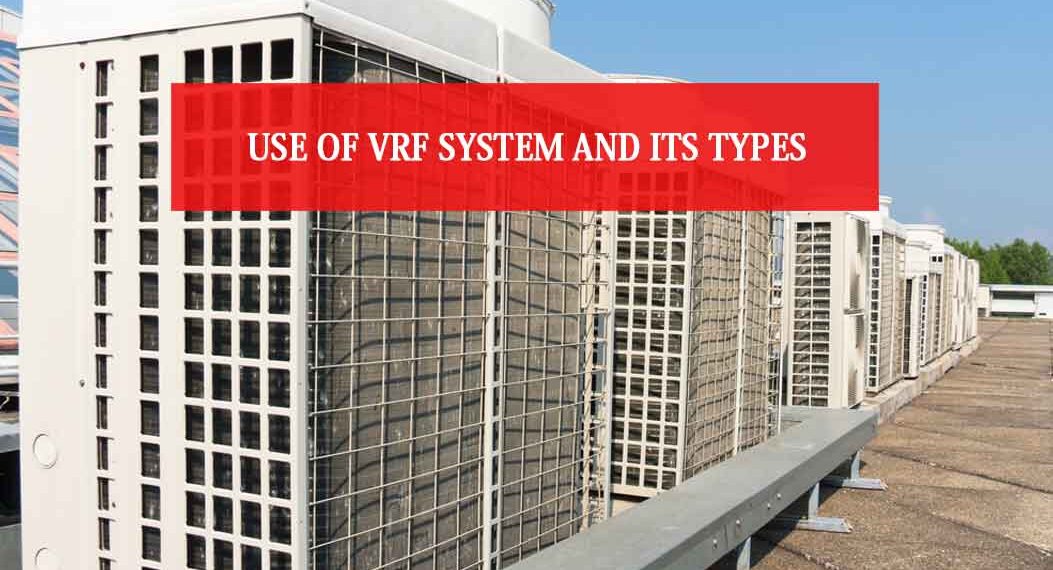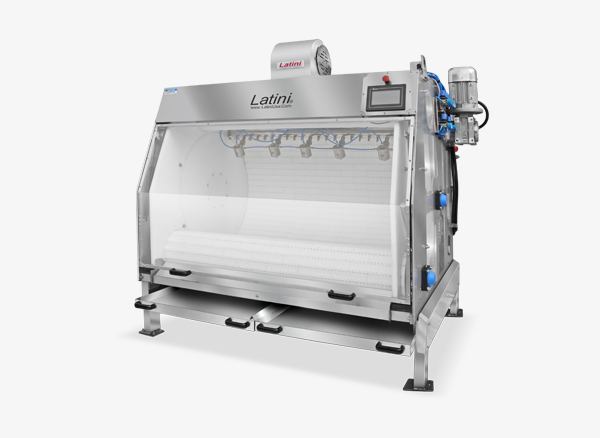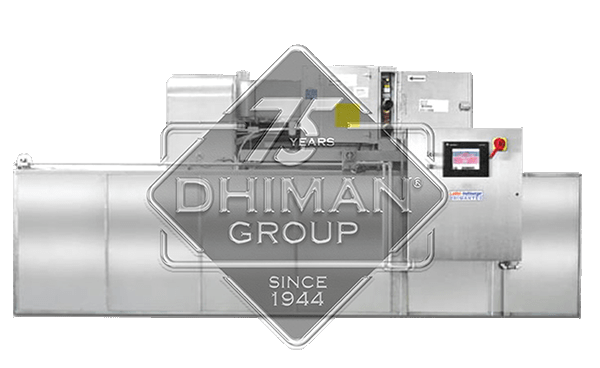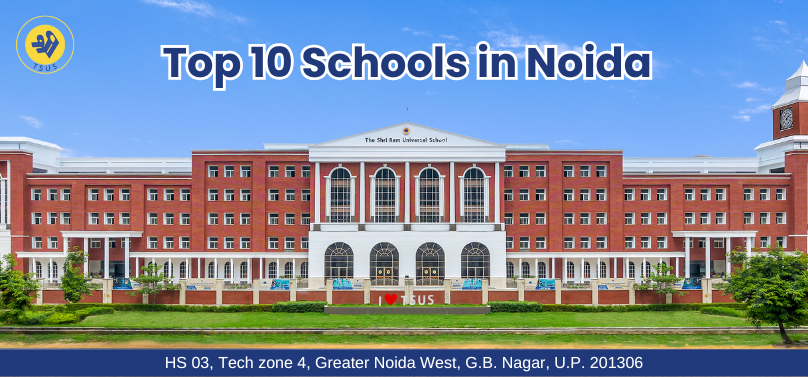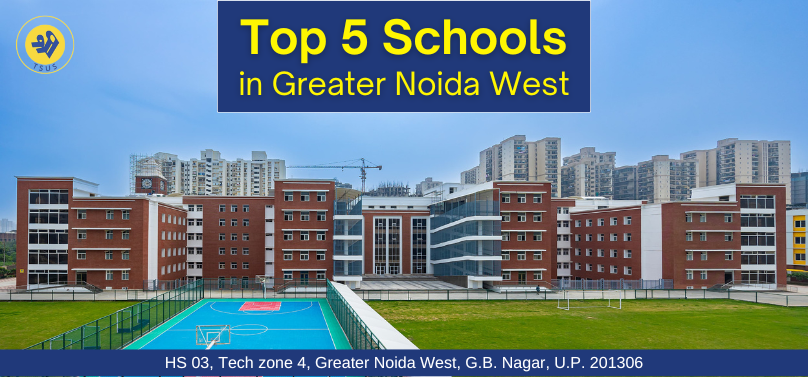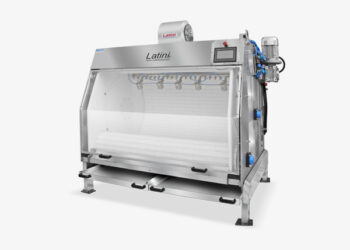The most commonly used and demanded HVAC system is the Variable Refrigerant Flow (VRF) HVAC system. All the residential, commercial, and industrial properties use VRF systems for their setting. They display multiple zones flexible installations without any ductwork.
The absence of ductwork creates the distinct advantage of limited space, which makes it an excellent choice for the existing setups of HVAC buildings. Therefore, the variable capacity of the VRF system makes an ideal choice for peak and part-load demands.
This page talks about the working and the various types of VRF systems. Read each one in detail to be better accustomed to the concept of VRF.
How Does VRF Work?
VRF indicates a sophisticated technology that works on four principles. They are as follows.
- Refrigerant is the only coolant material in VRF systems.
- They feature inverter compressors that partially cool, and heating loads reduce power consumption.
- VRF systems feature several air handlers as indoor units.
- They follow the principle of modular expansion for large projects to grow in stages.
Types of VRF Systems
Here are the types of VRF systems you could choose from as per your preferences and requirements.
Heat Pump Systems (2-pipe System)
Also known as 2-pipe VRF systems, the heat pump systems enable the users to use the indoor units’ heating and cooling facilities. They use refrigerant pipes to do so. However, it can be insufficient to provide heating and cooling functions.
Additionally, the indoor units work like evaporators while operating as a cooler. And they work as condensers when acting as a heater.
The 2-pipe VRF systems can enable simultaneous heating and cooling facilities by using a branch controller. It can be located between the copper branch piping network and the condenser. However, it would help if you opted for a branch controller only when thinking of an expansion later.
Heat Recovery Systems (3 pipe System)
VRF heat recovery systems can offer simultaneous heating and cooling functions. Such systems can utilize the excess heat usually wasted in traditional heat pumps. These VRF systems work on three lines that are fixed with the condenser unit.
The first of the three lines are meant for cooling purposes, the other for heating purposes, and the third is for the return line. Each of them deviates with the help of three pipes using a solenoid box with a valve set.
Water-cooling systems
The air-cooled systems are one of the most commonly used VRF systems. They utilize the packaged outdoor condensing units with the help of copper branch piping. This piping is attached to the indoor units.
The water-cooling system operates in the form of an air-cooled unit. Instead of using a built-in air-cooled heat exchanger, these systems utilize the heat exchanger to transfer the energy to the water loop.
Gas operated systems
The gas-operated systems were introduced to cater to the scarcity of electricity supply. These systems work on gas-driven engines that use natural gases or a Calor gas supply. These are single-phase units and come with several benefits of hot water generation, heat supply during defrosting, and electrical generation.
Endnotes
VRF system is an HVAC system meant to cater to every household or commercial space’s heating and cooling requirements and problems. You should, therefore, be cautious about the choice you make, considering your heating and cooling requirements.


